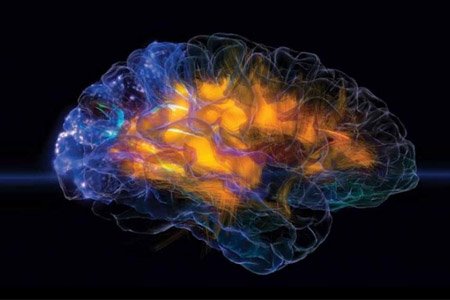- Authors:
-
Carmassi, Claudia; Tosato, Sarah; Pedrinelli, Virginia; Bertelloni, Carlo A; Abbate-Daga, Giovanni; Albert, Umberto; Castellini, Giovanni; Luciano, Mario; Menchetti, Marco; Pompili, Maurizio; Sampogna, Gaia; Signorelli, Maria; Massimetti, Gabriele; Fiorillo, Andrea
- Title:
-
Longitudinal trajectories of anxiety and depression in subjects with different mental disorders after one year in the COVID-19 pandemic
- Year:
-
2024
- Type of item:
-
Articolo in Rivista
- Tipologia ANVUR:
- Articolo su rivista
- Language:
-
Inglese
- Format:
-
Elettronico
- Referee:
-
Sì
- Name of journal:
- PSYCHIATRY RESEARCH
- ISSN of journal:
- 0165-1781
- N° Volume:
-
334
- Number or Folder:
-
115680
- :
- Elsevier Science Ireland Limited:PO Box 85, Limerick Ireland:011 353 61 709600, 011 353 61 61944, EMAIL: usinfo-f@elsevier.com, INTERNET: http://www.elsevier.com, Fax: 011 353 61 709114
- Page numbers:
-
1-8
- Keyword:
-
Anxiety; Feeding and eating disorders; Mental disorders; OCD; Obsessive compulsive disorder; Psychosis; Sars-Cov-2
- Short description of contents:
- The aim of this study was to prospectively assess the development and trajectories of anxiety and depressive symptoms among subjects with different mental disorders, during the 3rd wave of the COVID-19 pandemic (T0, March-April 2021) while strict containment measures were applied in Italy, and after 3 months (T1, June-July 2021), with reduced restrictive measures. A sample of 527 subjects, with different DSM-5 diagnoses, was enrolled at nine Italian psychiatric outpatient services. Assessments at T0 and T1 included the Generalized Anxiety Disorder 7-Item (GAD-7) for anxiety symptoms, and the Patient Health Questionnaire-9 (PHQ-9) for depressive symptoms. Differences in anxiety and depressive symptoms rates emerged across different mental disorders and a general improvement at T1 was detected for all of them in both the GAD-7 and PHQ-9 scores, except for Psychosis and Obsessive-Compulsive Disorder (OCD). Patients with Feeding and Eating Disorders (FED) reported statistically significantly higher: GAD-7 scores than those with Bipolar Disorder (BD), at both times, and Anxiety Disorders at baseline; PHQ-9 scores than all other diagnostic categories, at both times. Unemployment, no COVID-19 infection, OCD were predictive variables related to GAD-7 scores at T1, while being unmarried, BD or FED related to PHQ-9 scores at T1. Subjects with mental disorders reported anxiety and depressive symptoms during the third pandemic wave and most of patients showed an improvement over a 3-month follow-up, despite differences emerged among diagnostic categories and for the variables involved. Further studies are needed to deepen knowledge on pandemic impact on patients with mental disorders.
- Web page:
-
https://doi.org/10.1016/j.psychres.2023.115680
- Product ID:
-
137865
- Handle IRIS:
-
11562/1119573
- Last Modified:
-
May 16, 2024
- Bibliographic citation:
-
Carmassi, Claudia; Tosato, Sarah; Pedrinelli, Virginia; Bertelloni, Carlo A; Abbate-Daga, Giovanni; Albert, Umberto; Castellini, Giovanni; Luciano, Mario; Menchetti, Marco; Pompili, Maurizio; Sampogna, Gaia; Signorelli, Maria; Massimetti, Gabriele; Fiorillo, Andrea,
Longitudinal trajectories of anxiety and depression in subjects with different mental disorders after one year in the COVID-19 pandemic
«PSYCHIATRY RESEARCH»
, vol.
334
, n.
115680
,
2024
,
pp. 1-8
Consulta la scheda completa presente nel
repository istituzionale della Ricerca di Ateneo 








